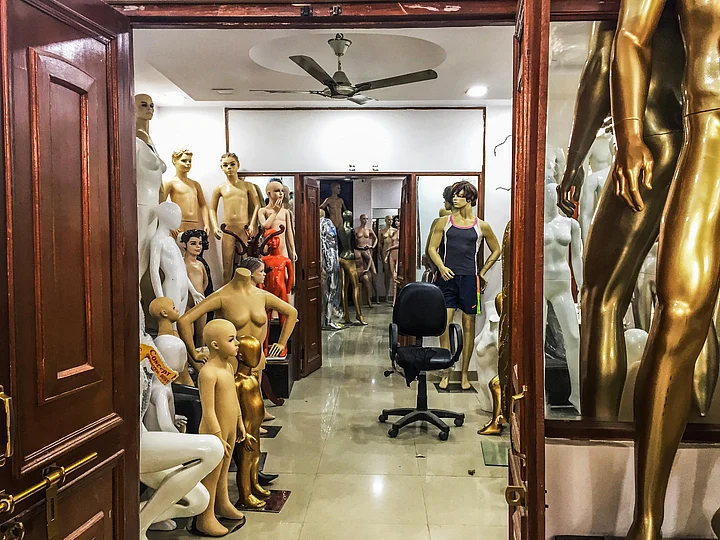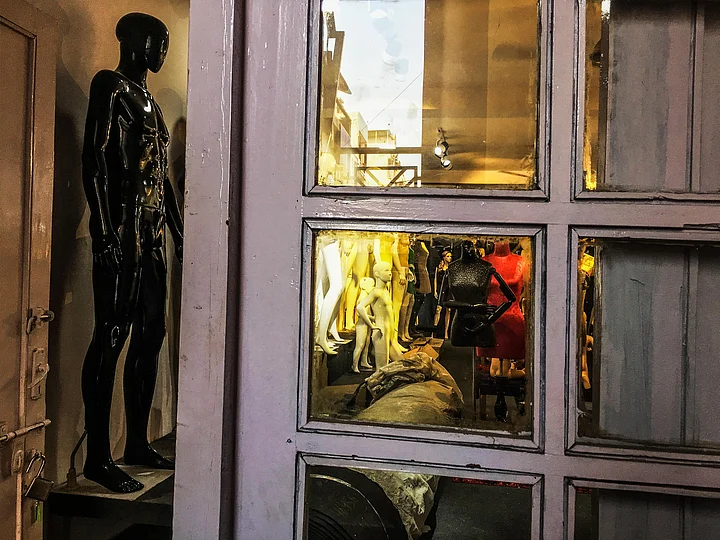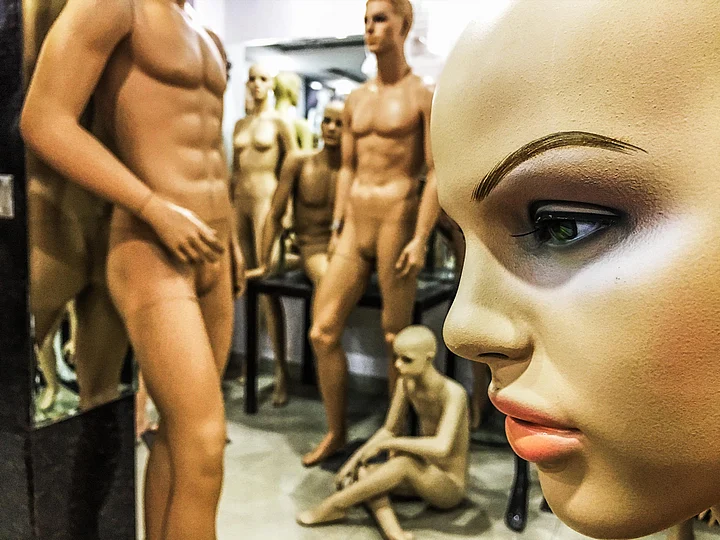Mannequins play a very crucial role in the fashion industry. They have a great influence over the sales of any fashion store. But not just the sales, mannequins also influence the consumer's self-image. These lifeless figures have been synonymous with the society's perception of an ideal/perfect body type.
The average mannequin measurements have kept shrinking over the time. Post the Industrial revolution, large glass window shops, sewing machines and lights transformed the stores and mannequins found their way into the streets. These mannequins were big busted and extremely thin waist exhibiting the beauty standards of that time. Today, mannequins have shed a lot of weight. The fashion industry is obsessed with skinny, raw-boned bodies. In 2003, two major fashion retail brands ZARA and FOREVER 21 launched their stores in India and introduced abnormally skinny mannequin sizes. Since then, thousands of international brands and online retail stores have launched in India bringing the west's fixation with a bony body structure.
The Quint visited a mannequin factory in Delhi to get a sense of what goes on backstage where these mannequins are made from the scratch. This factory produces approximately 150 mannequins every month. These mannequins are distributed all over India and exported to countries like China and Japan. According to the mannequin makers, the process of making a mannequin is also a work of art.
"I have been making these mannequins since the last 20 years and every thing is handmade here. Other countries have huge machines, but here we only have our hands to get things done. It’s a work of art. Not all can do this", Bharat Kumar, mannequin maker.
The mannequin-making process starts by putting fibre glass in the shaping molds. Later, the material is put into dye and is kept to dry. The process of grinding, sanding and painting follows after which the final mannequin gets ready to go to the market.
"We have molds of different shapes and sizes. Western labels want more attitude – chin-high and straight lean bodies. Indian wear needs curvaceous bodies and heavier busts", Navneet, mannequin factory owner.
The average size of an Indian mannequin have shrunk drastically reflecting the western influence on the fashion industry and the obsession with bony structures. These synthetic bodies are far from reality, but will the fashion industry get over its obsession with skinny bodies?
“The idea of mannequins is to make clothes sell. If garment manufacturers or retailers use mannequins that are more real, the clothes are not going to look as perfect as they do,” added Navneet.
Video Editor: Kunal Mehra
(At The Quint, we question everything. Play an active role in shaping our journalism by becoming a member today.)



